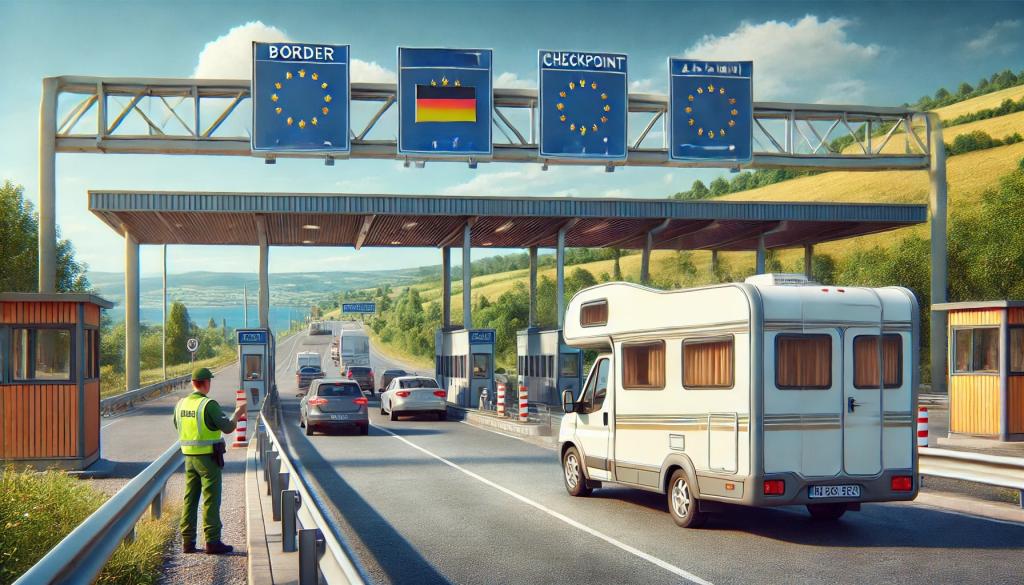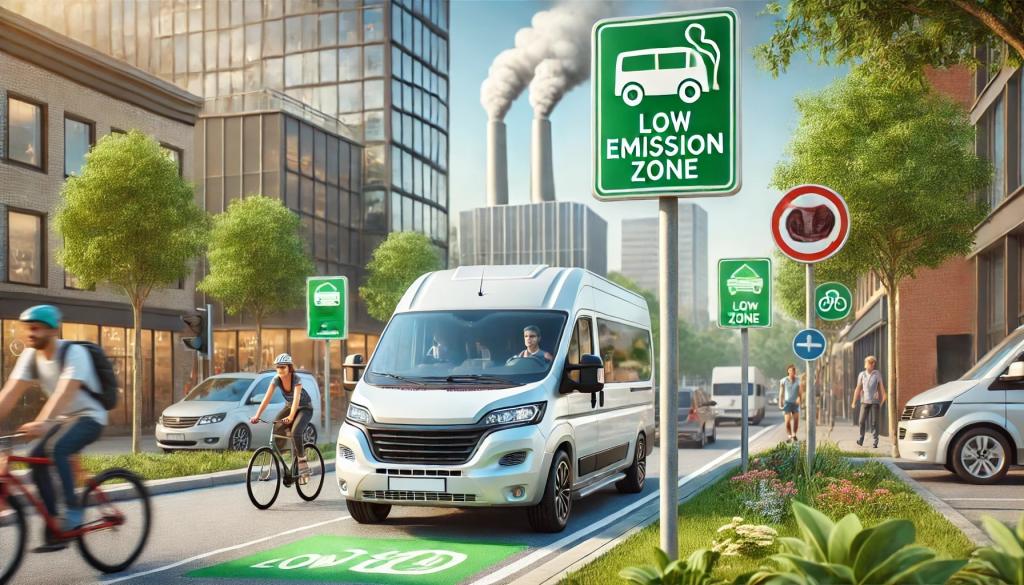
Taking a camper van to Europe can be an exciting adventure, offering flexibility and freedom to explore this extraordinary continent at your own pace. Whether planning a road trip, moving, or transporting goods, driving through Europe presents unique opportunities and challenges. This article will guide you through the ins and outs of taking your RV into Europe.
Overview of Taking a Van to Europe
These days, traveling has become a popular option for both adventure-seeking tourists and efficient-minded businessmen and women. When you think about this method of travel, it makes sense why people are taken with the idea. With a camper van, you have the advantage of carrying more luggage than you would be able to with a car. You can transport equipment or goods or make a van into your home on wheels. Journeying this way allows you to your personalized itinerary and liberates you to explore hidden gems and enjoy the scenic beauty at your leisure.
However, before you buy RV and head off to Europe, you must realize that a trip like this requires thorough planning and understanding of various legal and logistical requirements. Let’s dive into some of these things so that you can start your adventure.

Considerations for Taking RV to Europe
Before setting out, consider the following:
Purpose of Travel
Determine whether your trip is for the sole purpose of leisure or if it is strictly business. It may even be a combination of both. Whatever the case, deciding on your objective will help you plan your journey and make necessary preparations.
Duration
Are you planning to stay in Europe for an extended period or only for a couple of days? The duration of your visit will affect everything from food costs to vehicle insurance needs.
Budget
Calculate all costs involved in your trip to set expectations and make a financial plan. In addition to the price of your camper van, expenses will include fuel, tolls, parking fees, and accommodations. Some additional costs will likely arise during border crossings and the importation of your vehicle, as well as shipping your van overseas and paying for vehicle insurance.
Researching Rules and Regulations for Relocating a Van
Different countries have varying regulations concerning vehicle entry and road usage. Here’s what to look into:
Emissions Standards
Some cities have low-emission zones. Check if your RV complies with local safety standards.
Driving Laws
Familiarize yourself with driving rules in each country, such as speed limits and road signs.
Customs Regulations
If you're transporting goods, research any applicable customs duties and restrictions.

Booking Ferry
When planning your route, you'll need to consider how to cross the English Channel:
Ferry
Ferries are one of the most popular options, offering several routes. If you book in advance, you can save money and ensure you have a spot for your van.
Eurotunnel
The Eurotunnel (an underwater rail tunnel) provides a quick and efficient way to travel from Folkestone to Calais and a unique experience while you’re at it. The Channel Tunnel allows you to drive your vehicle onto one of the train’s carriages, and it shuttles you and your van through the tunnel. This option is ideal for those who prefer to stay with their vehicle during the crossing.
Insurance and Paperwork Needed for Taking a Van
Proper documentation is necessary to ensure you meet all standards and have a smooth journey. The following are some things you should check before your trip:
Insurance
Make sure (before leaving home) that insurance covers international travel. You can also purchase additional European breakdown cover for security and peace of mind.
Driving License
You will need a valid driving license to take your RV. You may also need to carry your V5C (also referred to as the vehicle’s logbook), depending on which places you plan to visit. Please be aware that some countries may require you to have an International Driving Permit in addition to your driver's license.
Registration and Documentation
You must be aware of and comply with all European standards. Be sure to carry your vehicle registration documents, and if applicable, obtain a Green Card to prove your insurance covers you in Europe.

Tips for Driving in Europe
Driving can differ from what you’re used to. Keep these tips in mind:
Drive on the Right
Remember that in most countries, you must drive on the right side of the road. You’ll be comfortable with this system in no time with a bit of practice and plenty of caution.
Navigation
GPS or mapping apps can help you navigate unfamiliar cities or countryside. You’ll also want to download offline maps if you enter areas with poor signal.
Parking
Look for designated parking areas, and be aware that parking rules can vary significantly between countries and cities.
Road Conditions
Some rural areas may have narrow roads, so practice careful driving, especially in unfamiliar regions.

Conclusion
Taking your RV to Europe offers an adventure unlike any other. You will have unparalleled freedom and the chance to create unforgettable memories. Through careful planning, research, and preparation, you can confidently take on the complexities of international travel. Embrace the adventure, explore at your own pace, and enjoy the unique experiences that come with RV travel across Europe. Whether you’re traveling for leisure or business, the journey will undoubtedly be a rewarding one. Safe travels!
Are you looking to transport your camper van to Europe? At A-1 Auto Transport, you can choose from various shipping methods and get safe, reliable shipping at a fair price. We offer international transportation through several different options.
Get your free quote today!






 Share on Facebook
Share on Facebook Share on LinkedIn
Share on LinkedIn Share on Twitter
Share on Twitter




 Google
Google  Instagram
Instagram  Trustpilot
Trustpilot 



